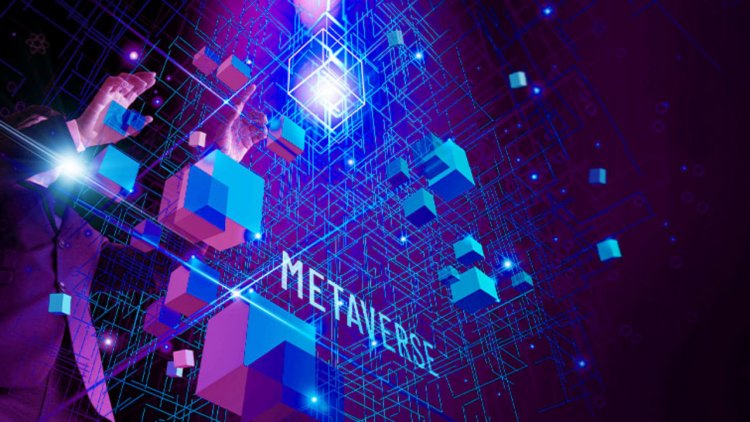What separates Web3 from the metaverse?
Web3 and the metaverse are similar concepts that have the potential to revolutionise the Internet as we know it, but they are not synonymous. Both will contribute to the creation of a virtual "new world" in 3D space, one of which will decentralise the Internet.

Future Internet buzzwords include "Web3" and "metaverse." Numerous resources, including websites, niche and mainstream media, and social media, provide extensive amounts of data on them. However, it is not always easy to decipher the differences and similarities between them.
These two developments are still in the project stage, but they have the potential to revolutionise the way we communicate online. How people choose to put them to use is the biggest factor in determining their true potential. Blockchain technology, which is used to generate, store, and transfer data and digital assets in a safe, decentralised manner with no central server, will be crucial to the operation of Web3 and the metaverse.
Distributed ledger technology (blockchain) is essential in the metaverse for a number of reasons, including the transferability of assets and the maintenance of a decentralised, private identity.
What precisely is web3?
Because there is a web1 and a web2 already, we are only able to discuss the web3 at this time (or also called web 2.0). Web1 was mostly based on content that users saw in a non-interactive and non-participatory manner on blogs and websites that were developed using an open protocol infrastructure (that is, they were not owned by a single corporation). Social media emerged with Web 2, which we are currently using, and users gained the ability to become content creators. However, this ability was restricted to social networks that stored and disseminated the users' data and information.
It is anticipated that Web3 will incorporate the most valuable aspects of its two predecessors, Web1's open protocols and Web2's emphasis on user-generated content. Blockchain technology, which is a decentralised infrastructure in which users will own their data and will be able to exchange digital asset tokens, will be the foundation upon which it will be built.
Consider the following illustration: In today's world, if we wish to become members of a social network, we are required to divulge personal information in order to set up a user account, communicate with other members, and publish material. The owners of social media platforms can monetise their services by using the collected data and user-generated content to create targeted advertisements. On the other hand, users of web3 can keep ownership of their material and can get tokens for their content from other users directly. To summarise, in this new form of the internet, users and developers alike own their work, which they then commercialise through a process known as "tokenization."
When comparing web3 with the metaverse, what are the key differences?
Since both the web3 and the metaverse are now in development using blockchain technology, it can be difficult to tell them apart. The metaverse is a novel 3D virtual environment. As close as possible to the real thing, it immerses its consumers. They can now engage in normal, day-to-day activities such as working, learning, playing, shopping, and trading online.
Online "new worlds" are created by the metaverse, but the web3 provides a decentralised framework for users to build and manage their own digital assets (in the metaverse and elsewhere).
Exactly what links web3 with the metaverse?
To put it simply, the metaverse can't grow into its full potential until people start doing mundane tasks in it. Assuming this is the case, the players' interaction will This will pave the way for a new digital economy in which NFTs and other assets can be securely transacted over decentralised web3 systems.
What's Your Reaction?




















